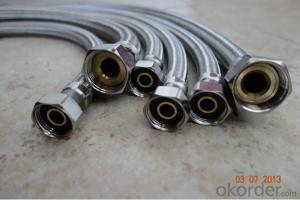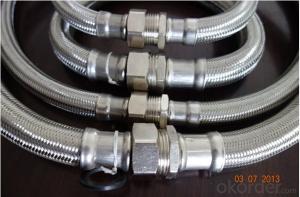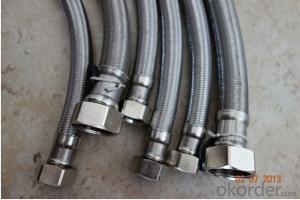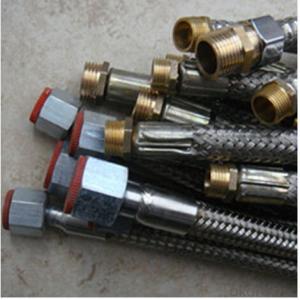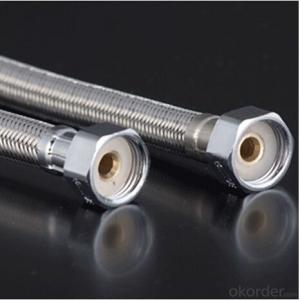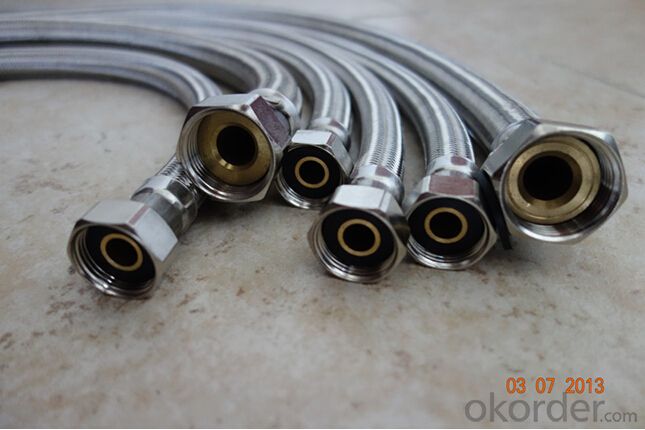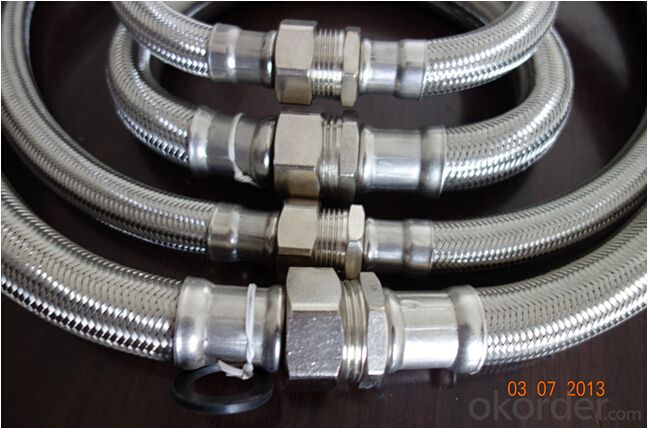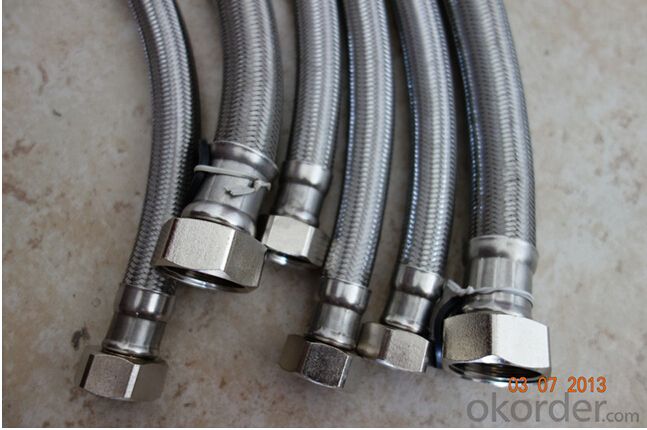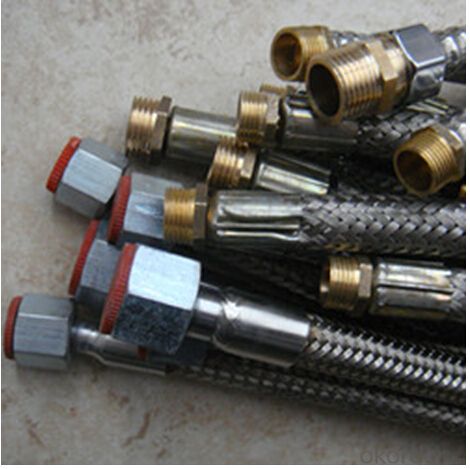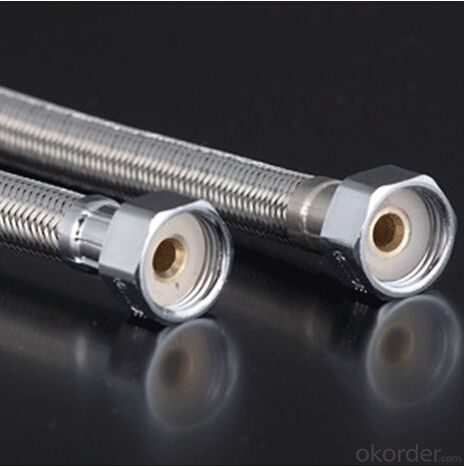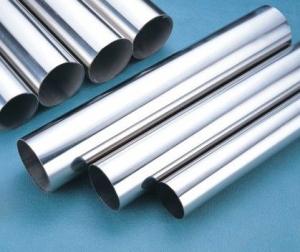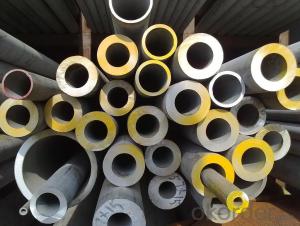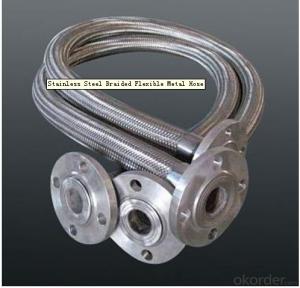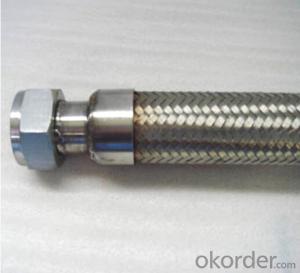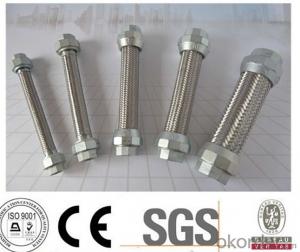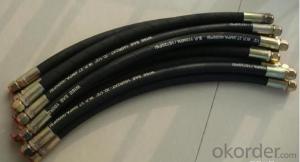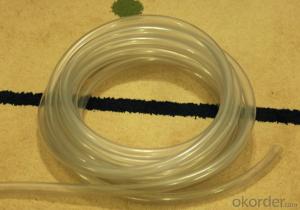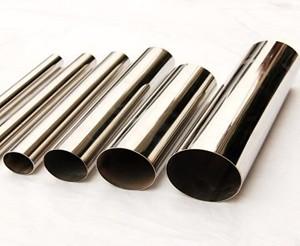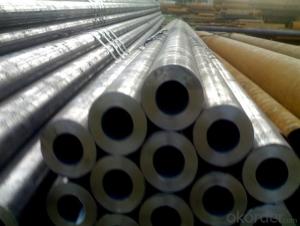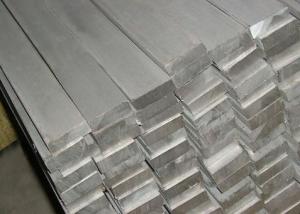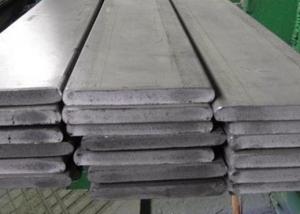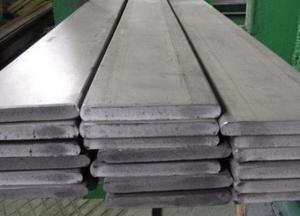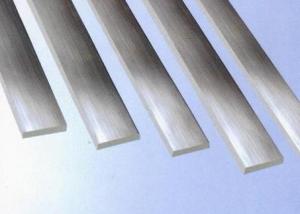Metal Braided Hose for Industrial and Building
- Loading Port:
- Tianjin
- Payment Terms:
- TT OR LC
- Min Order Qty:
- 1000 pc
- Supply Capability:
- 100000 pc/month
OKorder Service Pledge
OKorder Financial Service
You Might Also Like
Specification
Metal Braided Hose for Industrial and Building
Applications of Metal Braided Hose for Industrial and Building:
--Refueling system
--Chemical and pharmaceutical industry
--Industrial hydraulic systems
--Air conditioners in industrial and construction –site vehicles
--Food and beverage industry
--Special and standard industrial applications
--Water and cleaning management
Features of Metal Braided Hose for Industrial and Building:
1. )O. D.: 13-18MM 0.2-3M long
2. )Nut.: Nickel/Chrome Plated Brass (Zinc / Iron / Aluminum is available)
3. )Size Of Nut.: Female&Male 1/2''; 3/4''; 3/8''; 7/8''; 5/16'', and M10...
4. )Insert.: Brass (Zinc / Aluminum / Plastic is available)
5. )Inner tube.: Rubber/ EPDM/PVC
6. )Covered Material: Stainless Steel 201, 301, 304 /Aluminium Wire
7. )Working Pressure: 5Kg-15Kg
8. )Temperature: 0-92° C
9. )Quality Assurance: 3 years
RemarkAPPLICATION: HOUSEEHOLD WARE, BATHROOM WARE, SHOWER HOSE
PAYMENT: T/T, L/C
DELIVERY TIME: 20DAYS OR 30DAYS AFTER RECEIVED 30% DEPOSITS
MOQ: 5000PCS
ODM&OEM IS ACCEPTABLE
PackageInner: PP bag /Blister packing Outer: Carton box
Specifications of Metal Braided Hose for Industrial and Building:
NO | I.D | Refer to O.D | Working pressure | Burst pressure | approximate Weight | |||||
(inch) | (mm) | (inch) | (mm) | MPa | Psi | MPa | Psi | kg/m | lbs/ft | |
1 | 1/8 | 3.2±0.2 | 0.35 | 9±0.3 | 2.06 | 300 | 8.27 | 1200 | 0.078 | 0.12 |
2 | 5/32 | 4±0.2 | 0.4 | 10±0.3 | 2.06 | 300 | 8.27 | 1200 | 0.092 | 0.14 |
3 | 3/16 | 4.8±0.2 | 0.43 | 11±0.3 | 2.06 | 300 | 8.27 | 1200 | 0.108 | 0.16 |
4 | 1/4 | 6.3±0.3 | 0.5 | 12.7±0.3 | 2.06 | 300 | 8.27 | 1200 | 0.134 | 0.2 |
5 | 5/16 | 8.0±0.3 | 0.56 | 14±0.3 | 2.06 | 300 | 8.27 | 1200 | 0.147 | 0.22 |
6 | 3/8 | 9.5±0.3 | 0.63 | 16±0.4 | 2.06 | 300 | 8.27 | 1200 | 0.182 | 0.27 |
7 | 15/32 | 12±0.3 | 0.75 | 19±0.5 | 2.06 | 300 | 8.27 | 1200 | 0.238 | 0.35 |
8 | 1/2 | 12.7±0.4 | 0.78 | 20±0.5 | 2.06 | 300 | 8.27 | 1200 | 0.262 | 0.39 |
9 | 5/8 | 16±0.4 | 0.94 | 24±0.5 | 1.03 | 150 | 4.12 | 600 | 0.351 | 0.52 |
10 | 3/4 | 19±0.4 | 1.13 | 28.8±0.5 | 1.03 | 150 | 4.12 | 600 | 0.515 | 0.77 |
11 | 1 | 25.4±0.5 | 1.38 | 35±0.6 | 1.03 | 150 | 4.12 | 600 | 0.637 | 0.95 |
Images of Metal Braided Hose for Industrial and Building:
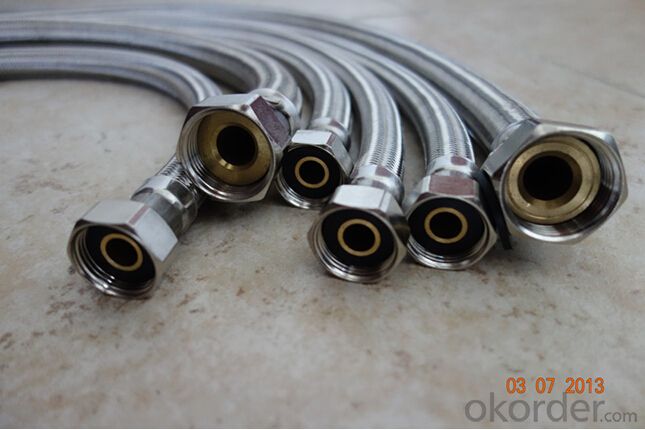
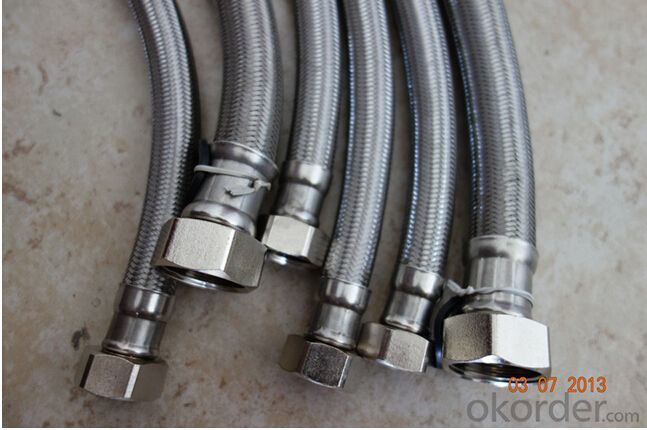
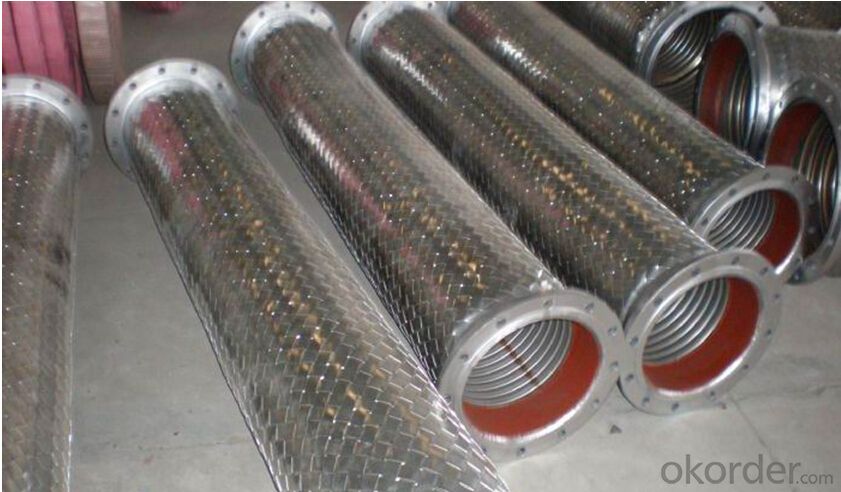
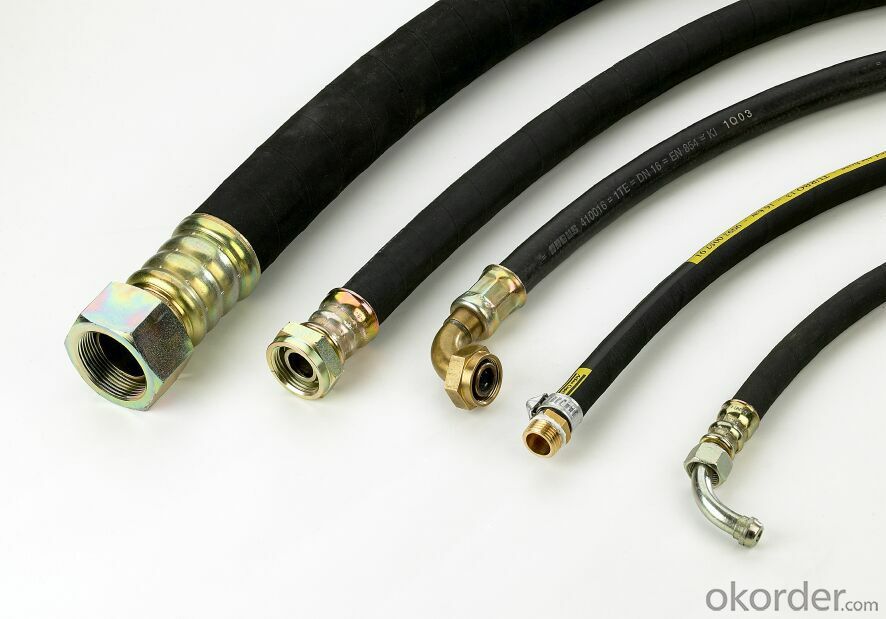
Package of Metal Braided Hose for Industrial and Building:
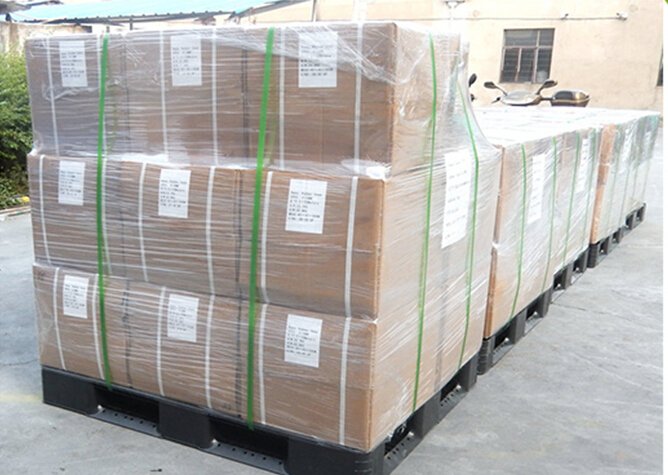
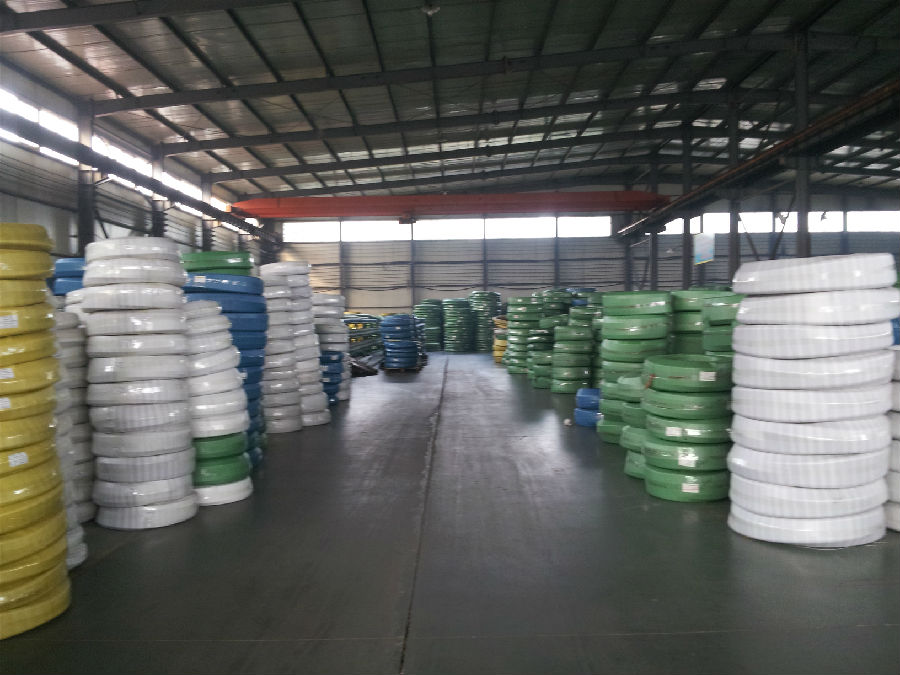
FAQ of Metal Braided Hose for Industrial and Building:
Who we are:
Answer: We CNBM is a Chinese state-owned enterprise ranked 267th among the Global Fortune 500, as the largest building materials company,we have over 300 affiliated companies,and so many production lines and branch office distribute in China.
2. About our quality:
Answer: Every product needs to be quality proved before shipping.
3. About our service:
Answer: We could gurantte that we can reply you in 2 working hours.
- Q: Can stainless steel pipes be used for dairy industries?
- Yes, stainless steel pipes can be used for dairy industries. Stainless steel is a popular choice for piping in dairy industries due to its many desirable properties. Stainless steel pipes are corrosion-resistant, which is crucial in the dairy industry where exposure to acids and other corrosive substances is common. They are also easy to clean and maintain, which is important for maintaining hygienic conditions in dairy processing plants. Additionally, stainless steel pipes are non-reactive, meaning they do not interact with the dairy products and alter their taste or quality. Furthermore, stainless steel pipes have high strength and durability, making them suitable for the high-pressure and high-temperature conditions often found in dairy processing. Overall, stainless steel pipes are a reliable and efficient choice for the dairy industry.
- Q: How do you calculate the pressure rating of stainless steel pipes?
- The pressure rating of stainless steel pipes is calculated by considering factors such as the material's tensile strength, wall thickness, and temperature. These parameters are used in various formulas and standards, such as the ASME B31.3 code, to determine the maximum allowable working pressure (MAWP) for a given pipe size and application. It is crucial to consult relevant industry guidelines and standards to ensure accurate calculations and safe operation of stainless steel pipes.
- Q: Can stainless steel pipes be used for pharmaceutical processing equipment?
- Yes, stainless steel pipes can be used for pharmaceutical processing equipment. Stainless steel is highly resistant to corrosion, easy to clean, and has excellent hygiene properties, making it a suitable material for pharmaceutical applications where cleanliness and sterility are crucial.
- Q: Are stainless steel pipes resistant to corrosion?
- Yes, stainless steel pipes are highly resistant to corrosion due to the presence of chromium in their composition, which forms a protective layer on the surface of the pipes, preventing rusting and corrosion.
- Q: How are stainless steel pipes graded?
- The quality and suitability of stainless steel pipes are determined by various factors, resulting in their grading. The grading system takes into consideration factors such as chemical composition, mechanical properties, and manufacturing process. When grading stainless steel pipes, a crucial aspect is their chemical composition. This refers to the specific elements present in the alloy and their quantities. Common elements found in stainless steel pipes are chromium, nickel, molybdenum, and carbon. The percentage of these elements affects the strength, durability, and corrosion resistance of the pipes. Different grades of stainless steel pipes have different compositions, allowing them to be used in various environments and applications. Another factor considered in grading stainless steel pipes is their mechanical properties, including tensile strength, yield strength, and elongation. These properties determine how the pipes perform under different conditions and their structural integrity. Higher grades of stainless steel pipes generally possess superior mechanical properties, making them suitable for applications involving high pressure and temperature. The manufacturing process also plays a vital role in grading stainless steel pipes. The pipes undergo processes such as hot rolling, cold rolling, and heat treatment to shape them and enhance their properties. The quality of the manufacturing process greatly impacts the final grade of the stainless steel pipes. Pipes produced using advanced techniques and strict quality control measures are usually assigned higher grades. In conclusion, stainless steel pipes are graded based on their chemical composition, mechanical properties, and manufacturing process. These grading criteria ensure that different grades of stainless steel pipes are available to meet the specific requirements of different industries and applications.
- Q: What are the standard sizes for stainless steel pipes?
- The standard sizes for stainless steel pipes can vary depending on the industry and application. However, there are some commonly used standard sizes that are widely available. In general, stainless steel pipes are produced in nominal sizes ranging from 1/8 inch to 72 inches in diameter. These sizes are typically classified using the Nominal Pipe Size (NPS) system, which refers to the approximate internal diameter of the pipe. The NPS sizes commonly used for stainless steel pipes range from NPS 1/8 to NPS 36. Additionally, stainless steel pipes are available in various schedules, which indicate the wall thickness of the pipe. The most commonly used schedules for stainless steel pipes are Schedule 5, Schedule 10, Schedule 40, and Schedule 80. It's important to note that these standard sizes may vary slightly depending on the country or region. Therefore, it is advisable to consult the relevant standards and regulations specific to your location or consult with a supplier to determine the exact standard sizes available for stainless steel pipes in your area.
- Q: Mirror stainless steel tube 60*60 how much is one meter?
- Single weight multiplied by unit price.Weight calculation formula of single round stainless steel tube: (outside diameter actual thickness) * actual thickness *0.02491* length,
- Q: How do you prevent stainless steel pipes from corroding?
- To prevent stainless steel pipes from corroding, there are several measures you can take: 1. Choose the right grade of stainless steel: Different grades of stainless steel have varying levels of corrosion resistance. It is important to select a grade that is suitable for the specific environment in which the pipes will be used. For more corrosive environments, higher grades such as 316 stainless steel are recommended. 2. Proper installation and maintenance: Ensure that the pipes are installed correctly, with appropriate gaskets, seals, and fittings to prevent any gaps or leaks that can allow moisture or corrosive substances to penetrate. Regularly inspect and maintain the pipes to identify and repair any damage or potential sources of corrosion. 3. Keep the pipes clean and dry: Regular cleaning of stainless steel pipes helps remove any contaminants or corrosive substances that may have accumulated. Avoid using harsh chemical cleaners that can damage the protective oxide layer on the surface of the stainless steel. Additionally, keeping the pipes dry by avoiding prolonged exposure to water or moisture can help prevent corrosion. 4. Apply protective coatings: Applying a protective coating or paint specifically designed for stainless steel can provide an additional layer of protection against corrosion. These coatings act as a barrier, preventing direct contact between the stainless steel and corrosive substances. 5. Cathodic protection: In certain cases where the pipes are exposed to highly corrosive environments, cathodic protection can be employed. This involves using sacrificial anodes or impressed current systems to protect the stainless steel from corrosion by diverting the electrical current away from the pipes. By following these preventive measures, you can significantly reduce the risk of corrosion in stainless steel pipes and prolong their lifespan.
- Q: Can stainless steel pipes be coated or painted?
- Stainless steel pipes have the potential to be coated or painted, offering numerous advantages like boosted resistance to corrosion, enhanced aesthetic appeal, and heightened durability. Yet, it is essential to emphasize the significance of adequate surface preparation before applying any coating or paint to ensure strong adhesion and long-lasting results. It is also advisable to employ coatings or paints specifically formulated for stainless steel in order to preserve its inherent qualities and avoid possible complications like flaking or peeling.
- Q: Can stainless steel pipes be used for high-temperature applications?
- Yes, stainless steel pipes can be used for high-temperature applications. Stainless steel has excellent heat resistance properties, making it suitable for conveying hot fluids or gases. It can withstand high temperatures without losing its strength and durability, making it a reliable choice for various industrial, commercial, and residential applications that involve high-temperature environments.
Send your message to us
Metal Braided Hose for Industrial and Building
- Loading Port:
- Tianjin
- Payment Terms:
- TT OR LC
- Min Order Qty:
- 1000 pc
- Supply Capability:
- 100000 pc/month
OKorder Service Pledge
OKorder Financial Service
Similar products
Hot products
Hot Searches
Related keywords
